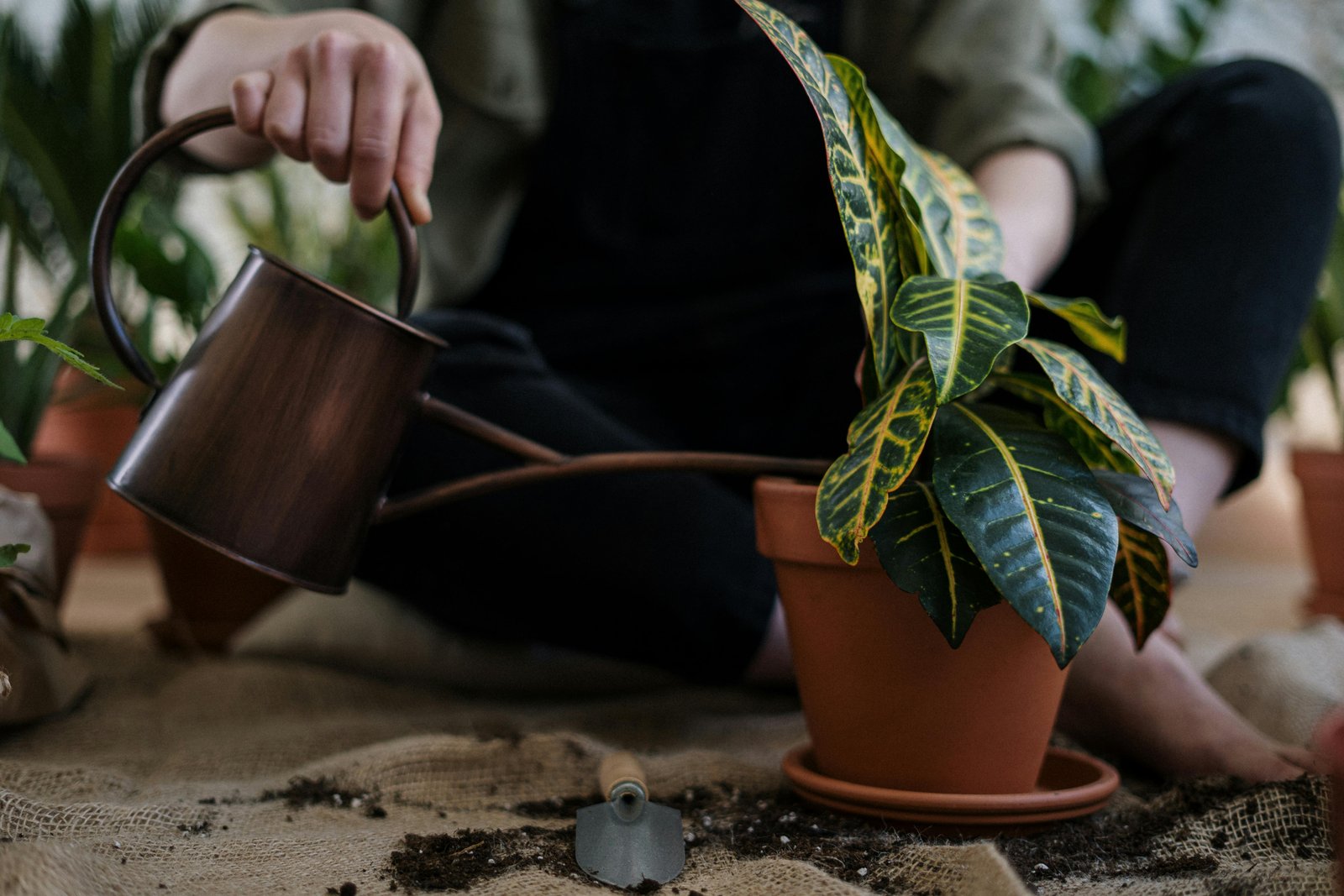Introduction to Humidity for Indoor Herbs

Creating the perfect environment for your indoor herb garden is crucial for its success, and one of the most important factors to consider is humidity. Herbs, being versatile plants, require specific humidity levels to thrive. Unlike outdoor gardening, indoor environments give you better control over these conditions, yet it’s easy to overlook the importance of humidity.
Maintaining the right humidity level is a balancing act. Too much humidity can lead to mold and disease, while too little can stress plants, leading to poor growth or even death. Understanding the humidity needs of your herbs is the first step towards achieving a healthy indoor garden.
Common herbs like basil, thyme, and mint have varying humidity requirements. For instance, basil enjoys slightly higher humidity levels, thriving in environments that mimic its native tropical climate. On the other hand, thyme and rosemary prefer drier conditions.
This section will explore how to assess your indoor garden’s current humidity level and the natural humidity preferences of common herbs. By understanding these basics, you can create a more conducive growing environment for your herbs.
Incorporating humidity control into your gardening routine doesn’t have to be complicated. Simple adjustments and monitoring can have a significant impact on the health and yield of your indoor herb garden.
Strategies for Controlling Humidity

Once you’ve assessed the humidity needs of your herbs, the next step is to control the indoor environment to meet these requirements. There are several methods to adjust humidity, ranging from natural adjustments to the use of specialized equipment.
For those seeking natural solutions, positioning plants in bathrooms or kitchens can leverage the higher humidity levels typically found in these areas. Misting your herbs with water is another straightforward approach, though it’s important to do so with moderation to prevent over-saturation and potential mold growth.
For more precise control, consider investing in a humidifier or dehumidifier, depending on your plants’ needs. These devices can be set to maintain specific humidity levels, taking the guesswork out of creating the ideal environment for your herbs.
Another aspect of humidity control involves soil moisture management. Using self-watering pots or moisture control soil mixes can help maintain consistent moisture levels in the soil, thereby indirectly affecting air humidity around your plants.
Regardless of the methods you choose, regular monitoring is key. Small, consistent adjustments can prevent sudden swings in humidity, which can be detrimental to plant health.
DIY Humidity Trays for Herb Gardens
For gardening enthusiasts looking for a hands-on approach, DIY humidity trays are an effective and inexpensive way to increase humidity around your herbs. These trays are simple to make and can be customized to fit the size and shape of your garden.
To create a humidity tray, you’ll need a shallow tray larger than the base of your plant’s pot, pebbles or gravel, and water. After filling the tray with pebbles, add water until it just covers the base of the stones. Placing your herb pots on top of this setup allows the water to evaporate, increasing the humidity around the plants.
Humidity trays not only offer practical benefits but also aesthetic value, adding a natural, earthy element to your indoor garden. Plus, they provide a self-regulating system; as the air around your plants becomes drier, more water will evaporate, and vice versa.
While humidity trays are an excellent way to boost environmental moisture, it’s still important to monitor humidity levels to ensure they remain within an optimal range for your herbs.
This DIY solution is a testament to the fact that sophisticated gardening technologies are not always necessary to achieve professional-level results in your indoor herb garden.
Impact of Seasonal Changes on Indoor Humidity
Seasonal changes can have a significant impact on the humidity levels within your home, and consequently, on your indoor herb garden. Understanding these patterns can help you anticipate and adjust your humidity control strategies accordingly.
In most climates, winter brings drier air, both outdoors and inside heating environments. This can lead to lower humidity levels, requiring increased attention to moisture management around your herbs.
Conversely, summer can introduce higher humidity, potentially crossing the threshold of what’s beneficial for your plants. During these months, dehumidifiers, air conditioning, or strategic ventilation can help maintain optimal conditions.
Being proactive about adjusting your humidity control methods with the seasons will ensure your herbs receive consistent care year-round. This foresight can prevent many moisture-related issues before they arise, safeguarding the health of your garden.
It’s also worth considering the microclimates within your home. Rooms facing certain directions or receiving different amounts of sunlight can experience unique humidity changes, further emphasizing the importance of regular monitoring and adjustment.
Advanced Humidity Monitoring and Adjustment Technologies
For those looking to take their indoor gardening to the next level, several advanced technologies offer precise control over environmental conditions. Smart humidifiers and dehumidifiers, for example, can be programmed to maintain specific humidity levels automatically.
Hygrometers and smart garden systems integrate sensors that monitor air and soil moisture, providing real-time data and even automated adjustments. These systems represent the cutting edge of indoor gardening, enabling enthusiasts to cultivate perfect conditions for their herbs with minimal effort.
While these technologies may represent an initial investment, the long-term benefits they provide in maintaining the ideal environment for your indoor herb garden can be invaluable. They offer peace of mind and free up time for gardeners to focus on other aspects of plant care.
Embracing these advancements doesn’t mean abandoning the hands-on joys of gardening. Instead, they enhance your ability to provide the best possible care for your plants, ensuring a thriving, bountiful herb garden.
As indoor gardening technology continues to evolve, the possibilities for enhancing your herb garden’s environment are limited only by your imagination. With the right combination of knowledge, tools, and passion, you can achieve professional-level results in your home garden.





